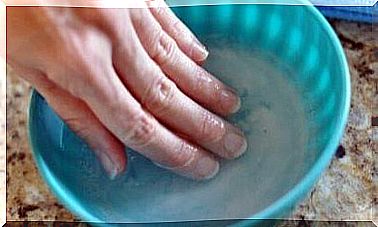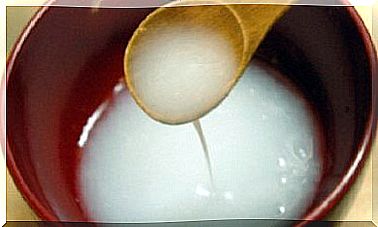How To Grow Onions At Home
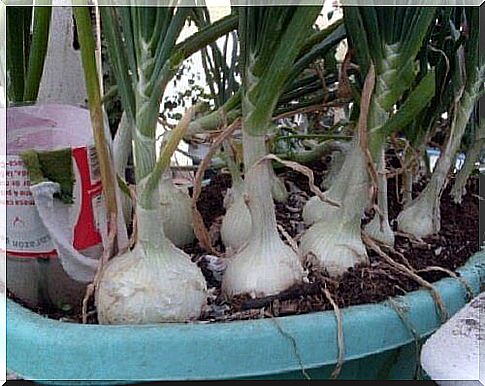
Onions are an enduring favorite in kitchens and for many it are an integral part of daily cooking. It tastes like countless different dishes, and onions have many properties that are very good for your health. In this article, we will tell you how you can grow onions at home, naturally.
Practical facts about onion growing
- Onions are one of the plant species that have been cultivated for the longest time. It is a versatile and healthy product. You can plant the bulbs both in the garden and in an indoor pot, but certain conditions must be met for you to grow them properly.
- Make the planting directly into the soil.
- Planting seasons are spring, summer and winter (i.e. all other seasons except autumn).
- Growth lasts four months from planting to harvest.
- If you want to plant the bulbs in pots, they should be at least 20 cm deep.
- If you are planning to plant in the garden, each plant should be 15 cm away from the adjacent planting and there should be 40 cm space between rows.
- In order for the bulbs to grow properly, the soil should be of a type rich in nutrients. There should also be plenty of fertilizer. The onions thrive in an environment with peat, sludge and a little sand. On the other hand, very sandy or clayey soils are not suitable for their cultivation.
- Onions need potassium and phosphorus from the soil, but they do not take nitrogen. Therefore, it is recommended to put a generous layer of compost soil before planting. This is worth doing both in the pot and in the garden.
- The place should be in direct sunlight and this is especially true during the weeks when the bulbs are formed.
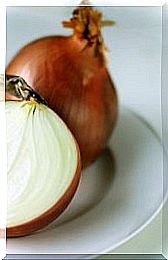
- Throughout the life cycle of the onion, it needs little water, except when it is in its growing stage (i.e., before the onion itself is formed). Irrigation should be stopped about 20 days before harvest.
- You can collect the bulbs when the tips of the leaves have turned yellow, turned, and broken. In this case, the onion is ripe. To lift the finished bulbs from the soil, you should use a small rake so as not to damage their surface. They should be left semi-buried in the ground for a few days. You can then collect your onions from the pot or garden. Let them still dry in the sun for two weeks.
- It is extremely important to keep the bulbs away from weeds and to avoid sudden changes in moisture, as these can be detrimental.
- The ideal temperature for the development of bulbs is 15-25 ° C. They also thrive well with other plants. You can plant onions with strawberries, carrots, cucumbers or tomatoes, for example. However, it is not recommended to place them near legumes.
Three seasons are suitable for planting bulbs
- Late summer
If you plant the bulbs in rows, separate each plant properly from the others. If, instead, you plan to plant in pots, spread the seeds at random. Cover the seeds with a 1.5 cm layer of compost soil and press the surface lightly. - In winter
In areas where winters are usually very harsh and snowy, it is advisable to grow seedlings (small plants) first and leave them in a greenhouse, on a sheltered balcony or indoors. This way you have small bulbs ready to be planted properly in the spring. They can then be placed in dry soil in rows roughly corresponding to the size of the seedlings. - Spring
Spring is recommended as a bulbous planting phase only if the summer ahead is going to be humid and cool or if you have no place for temporary storage of the bulbs. Spring is the best time to plant already developed bulbs, not seeds. Each plant should be spaced 10 cm apart and holes should be made in rows every 15 cm. After planting the bulbs, they should be covered and the surface pressed hard.
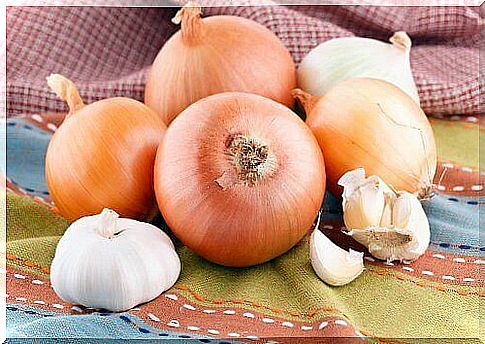
This is how you plant the onions in a pot
If you don’t have the space in your home to create a garden (or if you don’t have access to land), you can plant onions on a balcony, patio, or other suitable area. This is easier than you think. Growing this plant at home does not require any special lessons or the expertise of a gardener. All you need is well-prepared soil, the right place and suitable pots.
First, you need to get good quality natural soil to put in your pots. You can buy this kind from garden stores, and when choosing the soil you should take the darkest option as it has the most nutrients.
In any case, it is not advisable to use artificial fertilizers. Although they make your onions grow faster, they are harmful to your health. For many, planting bulbs at home is precisely about healthy and organic cultivation, so the use of artificial aids spoils this goal.
If the soil is dry, hardened or very light in color, you can mix it with fertilized and very dark soil. Allow the nutrients to settle for two weeks before planting your bulbs.

Pots should be at least 20 cm deep and 30 cm wide. If you plan to plant seeds, you need 15 cm between each hole, because the bulbs require a certain amount of space as they grow. If you use seedlings, it is best to transfer them to pots when they are 10 cm high.
For the first two months, you should water the bulbs every other day and leave them in a place where there is plenty of sun. In four months, you can easily get good onions. Every day you should pay attention to the development of plants and what the onion needs and does not need. Experience helps here, so time and time again you become a better onion growing expert!
So follow our advice and try growing bulbs at home easily, healthily and affordably.

